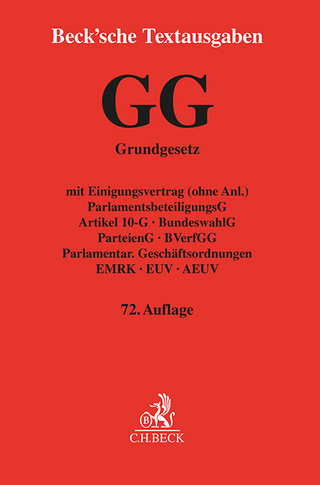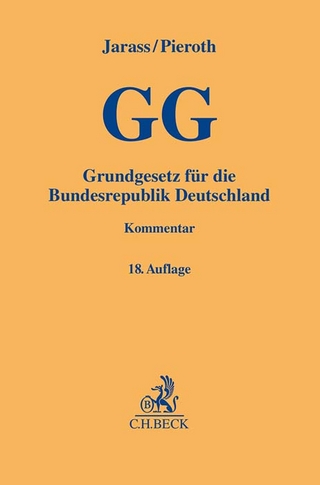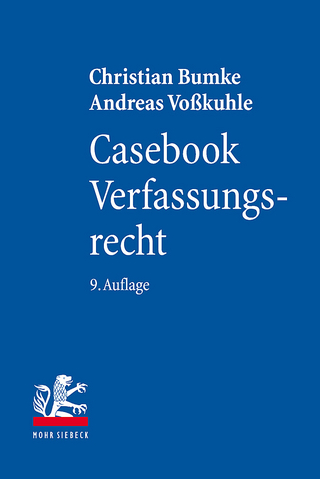
A Free and Regulated Press
Hart Publishing (Verlag)
978-1-5099-4376-0 (ISBN)
Why do we say the printed press has a duty to act as a public watchdog when there is no legally enforceable apparatus by which to ensure it does? Why does government constantly recommend that the press regulate itself when history shows this model always fails? Why do victims of press malfeasance continue to suffer needlessly?
By deconstructing the accepted view of press freedom and mandatory regulation, this book shows that both are deeply misunderstood. The prevailing notion that the press must serve the public is an empty relic of Victorian ideology that is both philosophically incoherent and legally unjustifiable. The press is obliged to make good, not do good.
Paul Wragg is Professor of Law at the University of Leeds.
PART 1
RATIONALE
1. Unity in Press Freedom Theory
I. Introduction
II. The Modern View
III. The Teleological View in its Historical Context
IV. Conclusion
2. Division in Press Regulatory Theory
I. Introduction
II. Press Regulation in Practice
III. The Ideological Divide Over Press Regulation
IV. The Press Reform Debate and its Discontents
V. Conclusion
PART 2
RIGHT
3. Duty
I. Introduction
II. Duty as a Legal Claim
III. Duty as a Moral Justification
IV. Conclusion
4. Responsibility
I. Introduction
II. Burdens for Benefits
III. Responsibilities Curbing Misuse of Power
IV. Professionalism and the Dualism of Responsibility
V. Conclusion
5. Accountability
I. Introduction
II. Mill’s Argument from Truth
III. Liberty, Rationality, and the Press
IV. The Accountability Model Outlined
V. Liberty and the Press
VI. Conclusion
PART 3
REGULATION
6. Society
I. Introduction
II. The Meaning of Accuracy
III. The Harm of Inaccuracy
IV. The Limits of Accuracy Regulation
V. Conclusion
7. Victims
I. Introduction
II. Content
III. Conduct
IV. Public Interest Expression
V. Conclusion
8. Readers
I. Introduction
II. Consumer Protection
III. Autonomy and Automatons
IV. Conclusion
PART 4
REALISATION
9. How?
I. Introduction
II. Terminal Failings in the Contractual Model
III. Statutory Regulation, Press Freedom, and Pareidolia
IV. Sanctions
V. Conclusion
10. Why?
I. Introduction
II. Why Regulate the Press?
III. Why Regulate the Press?
IV. Why Not?
| Erscheinungsdatum | 26.11.2021 |
|---|---|
| Verlagsort | Oxford |
| Sprache | englisch |
| Maße | 156 x 234 mm |
| Gewicht | 454 g |
| Themenwelt | Recht / Steuern ► EU / Internationales Recht |
| Recht / Steuern ► Öffentliches Recht ► Verfassungsrecht | |
| Recht / Steuern ► Privatrecht / Bürgerliches Recht ► Medienrecht | |
| ISBN-10 | 1-5099-4376-5 / 1509943765 |
| ISBN-13 | 978-1-5099-4376-0 / 9781509943760 |
| Zustand | Neuware |
| Haben Sie eine Frage zum Produkt? |
aus dem Bereich


